Pin on Plaster Coving

Sponge and water. 1. Use a template to mark your guidelines. 'We would always start by cutting a small section to use as a template to mark the bottom edge on the wall and top edge on the ceiling,' says Nick. 'This then acts as a guide when installing.'. 2. Prep the wall and cut coving corners.
How is decorative coving made... RS Plaster Mouldings Ltd
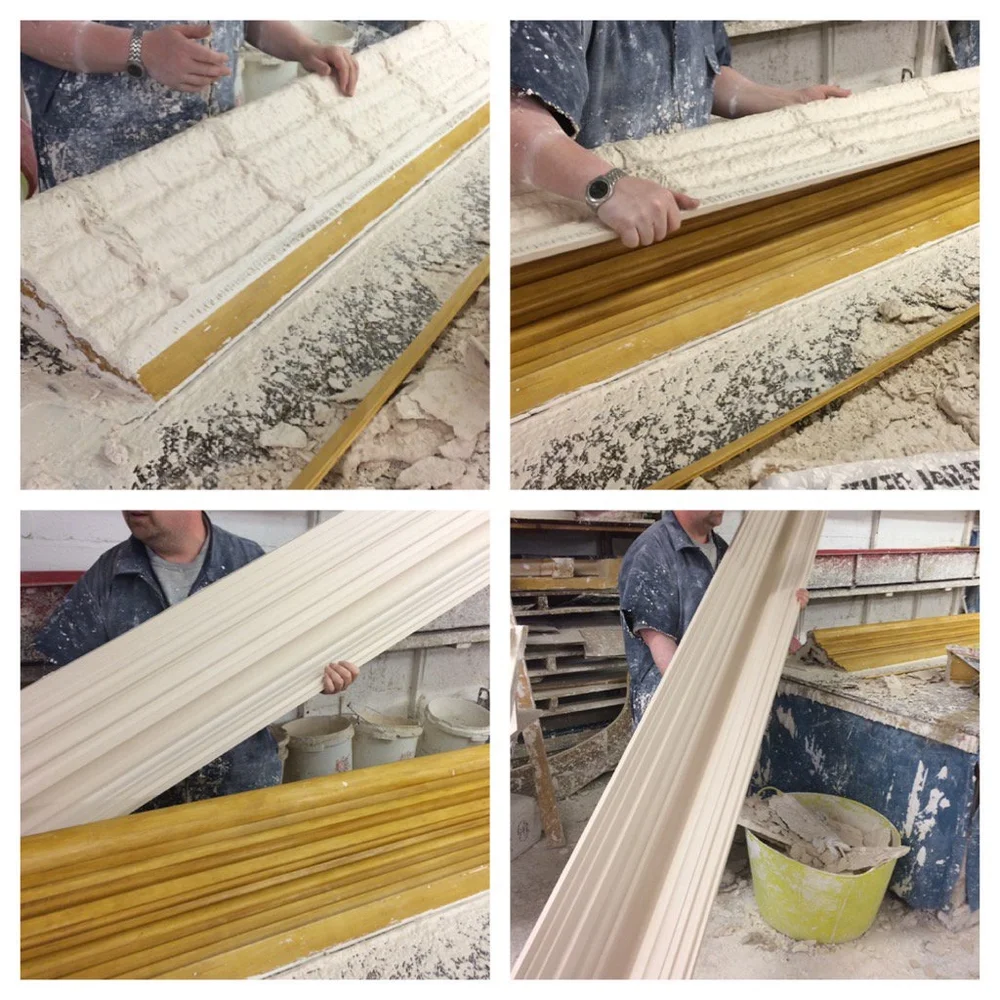
It is also used as a detail on cabinets and other built-ins. Get 3 5/8-inch-tall primed finger-jointed crown molding at The Home Depot for $2.88 per linear foot. Get 17 3/4-inch-tall primed.
10 best Top Floating Shelves Diy Projects images on Pinterest Bricolage, Decorating ideas

Pros of Coving: Aesthetics: Coving enhances the overall appearance of a room, making it look more polished and refined.It can instantly elevate the interior design and add a touch of grandeur to the space.; Elegance and Sophistication: The soft curves and decorative elements of coving can impart a sense of luxury and elegance to your home, creating a beautiful focal point on the ceiling.
Coving CB512 High quality designer products Architonic
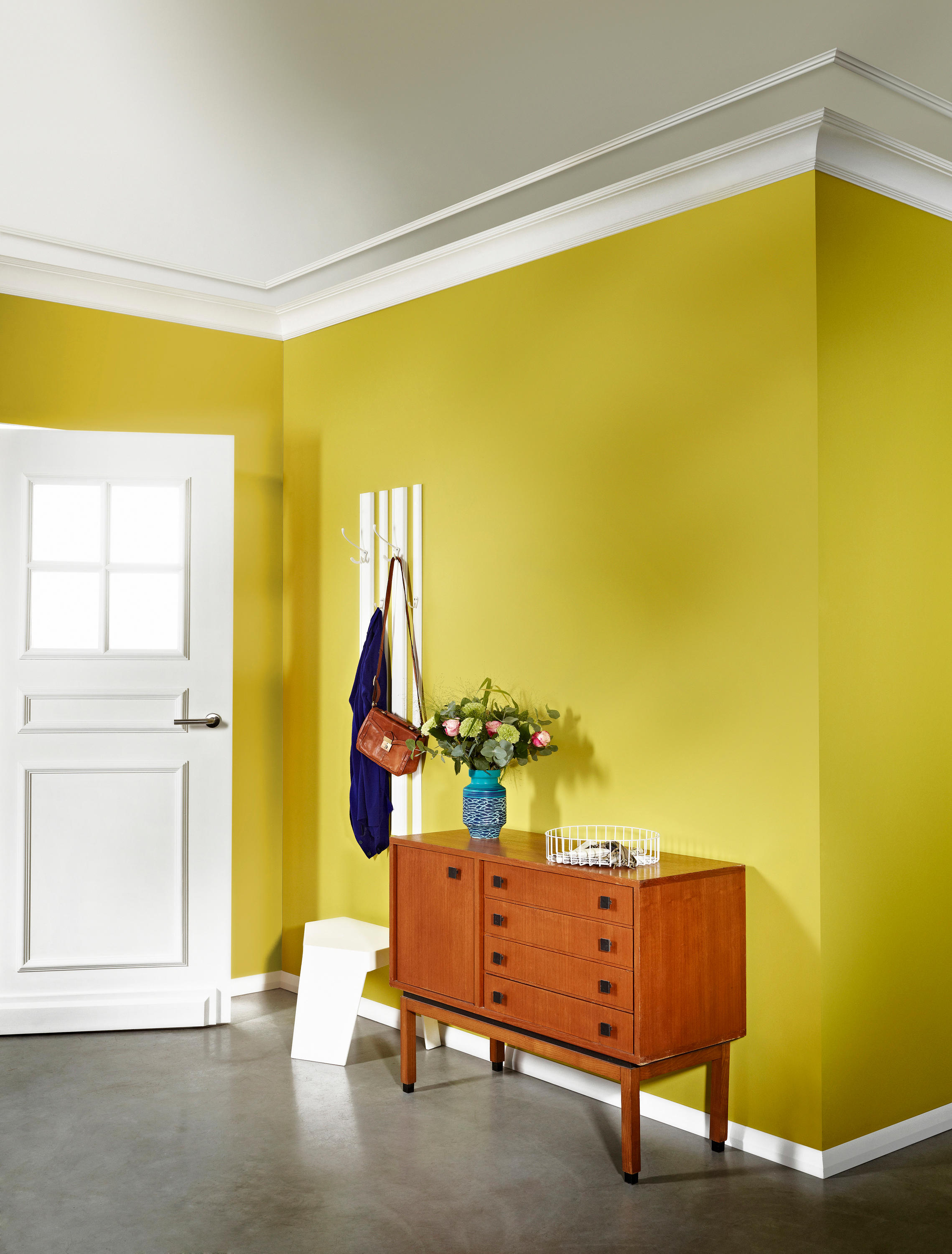
Coving is the generic term that refers to the moulding which usually covers the join between the wall and the ceiling inside the house, or a decorated ledge on the building exterior. Coving is also used to give more character to the home and add decoration around features such as the fireplace. It is usually uniform and simple in design.
Coving To Match Bespoke Coving Replacing Cornice 1

What is coving? Coving, often referred to as moulding, is an architectural feature that serves as a decorative transition between the walls and ceilings of a room. It is a curved or angled strip of material, typically made from wood, plaster, or other mouldable substances, that is installed at the junction where the wall meets the ceiling.
Julian Cassell's DIY Blog » Blog Archive Fitting coving HOW TO DIY WHAT TO USE WHERE TO BUY
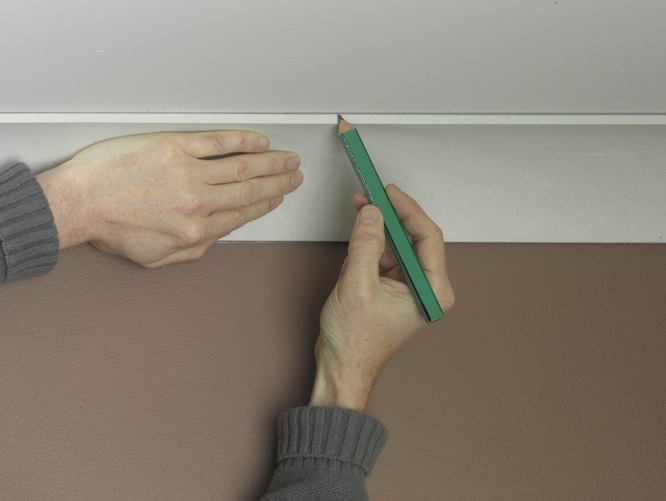
This does not mean that this part of the wall is weak, it refers to the plaster. Plaster can have a harder time staying smooth and put when covering a joint, which quite often can result in hairline cracks around the area. Coving is a great way to ensure any small cracks and visible flaws are covered in a stylish and decorative manner.
Julian Cassell's DIY Blog » Blog Archive Fitting coving HOW TO DIY WHAT TO USE WHERE TO BUY
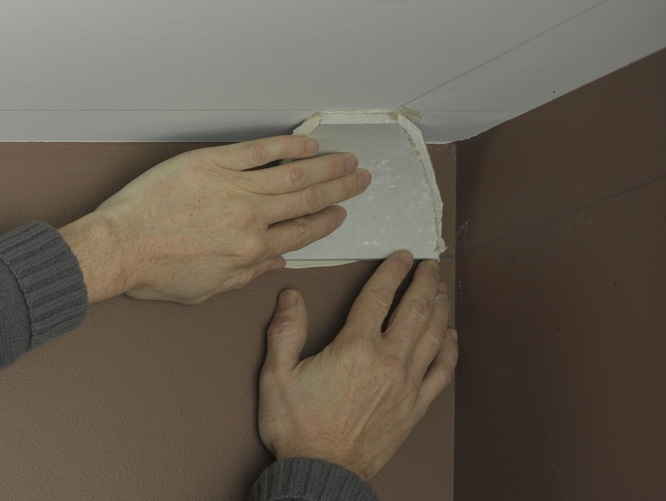
Molding (decorative) Moulding ( British English ), or molding ( American English ), also coving (in United Kingdom, Australia), is a strip of material with various profiles used to cover transitions between surfaces or for decoration. It is traditionally made from solid milled wood or plaster, but may be of plastic or reformed wood.
Coving To Match Bespoke Coving Replacing Cornice 1

Sections of coving are joined at the corners with mitre cuts. This applies to both internal and external corners. However, some coving comes with pre-cut internal and external joints. This means you'll only have to make simpler cuts to join pieces together on a length. It's best to fit your coving prior to painting or putting up wallpaper.
Plaster Coving Victorian 185mmx2.5m CS1404
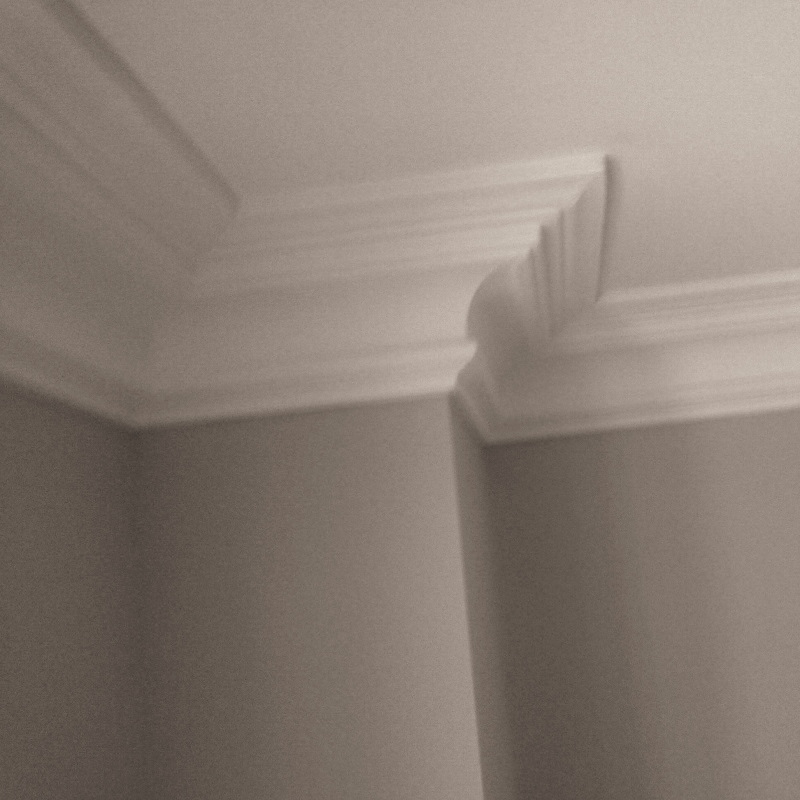
3rd July 2023. Coving is a decorative moulding that is used to create a finished look between walls and ceilings. It is available in a variety of materials, usually high and low grade polymers, as well as plaster and wood. Plaster coving is the traditional option, but it can be cumbersome to transport, challenging to fit, and heavy.
how is coving measured
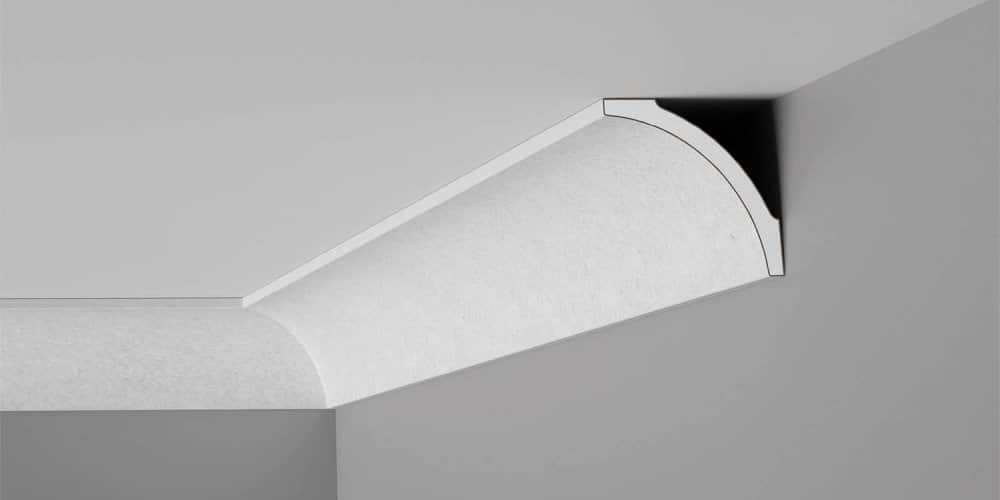
Step 5 - More adhesive. Fix a generous amount of plaster coving adhesive on the bottom and top edges of the coving. Be sure to apply enough so it oozes out of the tube. It will help to cover small gaps that appear. Then, line up the coving to the markings on the ceiling and wall, pressing the coving firmly down.
Flat Coving Made Of Quality Plaster Cornices Centre

Coving is a form of decorative molding placed at the junction between walls and ceilings to create a smooth and visually interesting transition. It features a concave design, curving inwards toward the wall, and it is also known as cove molding. Many hardware and home supplies carry it, and it is also possible to order custom-milled molding or.
How to Fit Coving Installation Guide The Carpenter's Daughter

Coving, in architecture, concave molding or arched section of wall surface. An example is the curved soffit connecting the top of an exterior wall to a projecting eave. The curve typically describes a quarter-circle. The arched sections of a curved ceiling would be coving. Such a coved ceiling
coving HeaditorSee

Use a butt joint or mitre joint (45 degrees). Cut an internal and an external mitre joint using a mitre box. Use a fine-toothed saw to cut the coving then sand down the rough edges. Check the strips of coving fit together perfectly before glueing. Ensure you use a good adhesive to fix the coving in place.
SuperCove Polyurethane Coving External Corner 127mm Selco
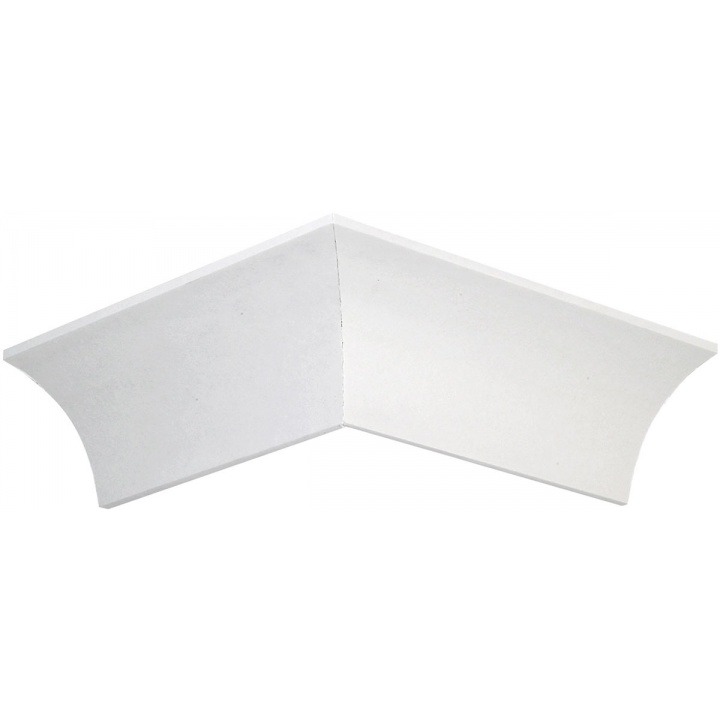
Cove moulding is a type of trim found inside homes, generally in the corner where the wall meets the ceiling. However, cove moulding can also be used on cabinets, shelves, mantles, and more. Source: Wikimedia. What makes cove moulding distinctive is its concave profile. In other words, the shape of cove moulding is an inward bowing curve.
Coving Black 5mm Cladding World

Coving is a type of cornice moulding. It has a simple scoop-out or concave profile that bows inward. It's used to smooth out the sharp transition between the wall and ceiling, cabinetry, or stair treads without making them look too extravagant. You can find cove moulding in a variety of different widths—some as narrow as 3/4 inch.
coving CB521
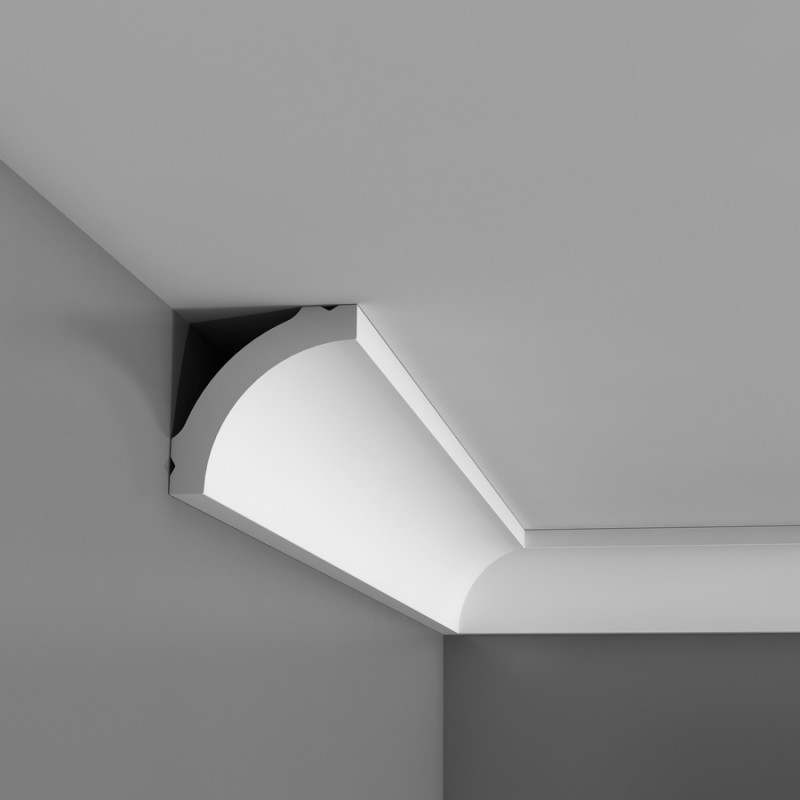
Floor coving is a protective covering that is installed at the edge of a floor to prevent damage and provide a finished appearance. It is typically made of materials like rubber, vinyl, or metal and comes in various shapes and sizes to accommodate different floor types and designs. This essential component helps improve the durability and.